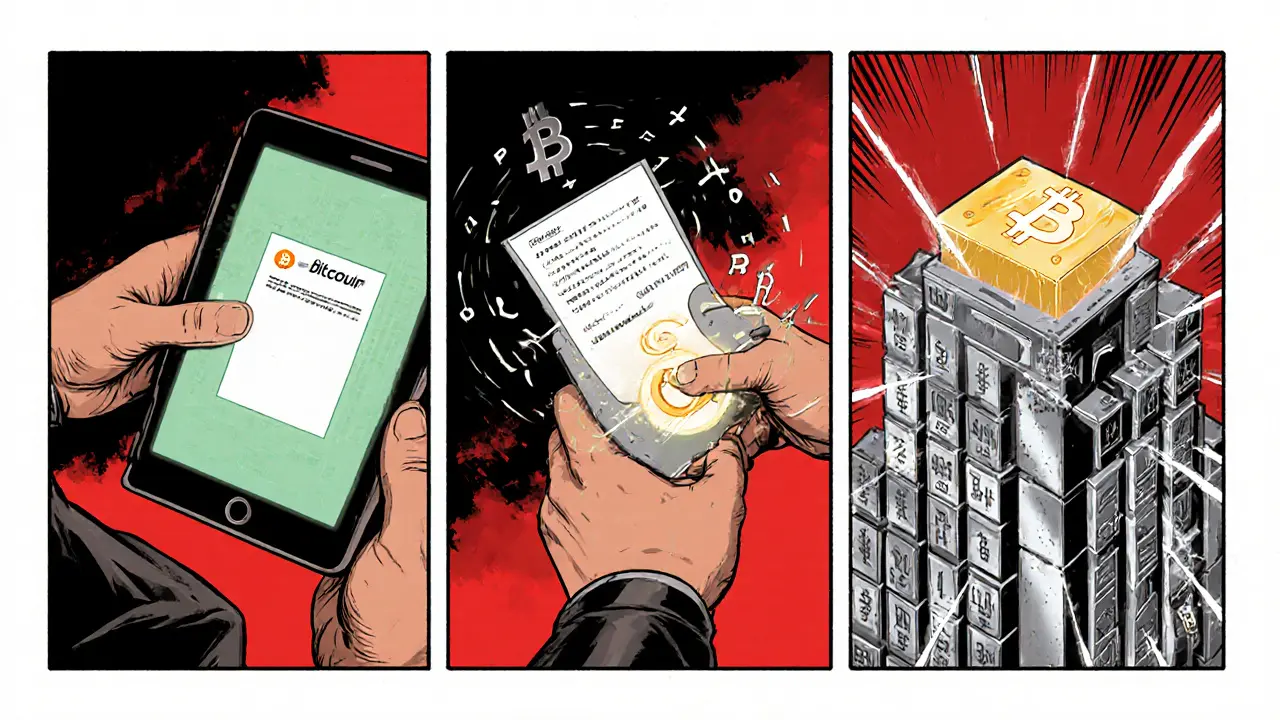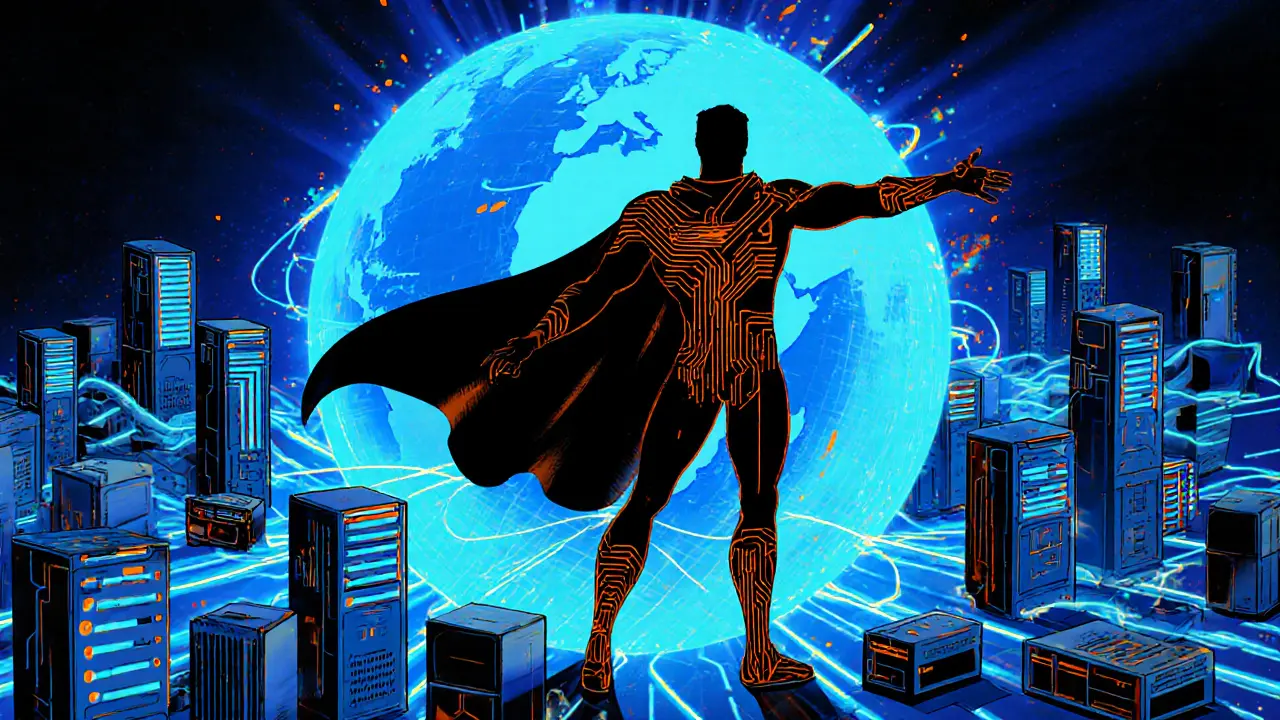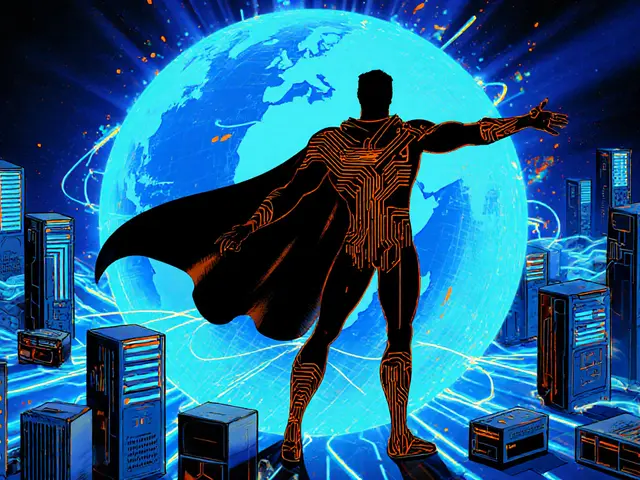Blockchain Censorship Resistance Explorer
Decentralization
Data is distributed across thousands of nodes, making it nearly impossible to shut down or delete.
Immutability
Once data is written, it's nearly impossible to change due to cryptographic hashing.
Transparency
All transactions are publicly visible and auditable by anyone.
Cryptography
Ensures secure communication and protects user identities.
How It Works: OP_RETURN Example
Bitcoin Cash allows embedding up to 220 bytes of data in OP_RETURN fields. Here's how it works:
- Generate a wallet address and fund it with BCH
- Create an OP_RETURN transaction containing your message or a content hash
- Broadcast the transaction; once confirmed, the message lives forever on the ledger
01159eb6020b1cbb10f2b57eb4996c79020e8333a7b0bef24a1174cc43b683b0
Real-World Use Cases
- Brazil: Users migrated to Bitcoin Cash-based apps after X (Twitter) was blocked
- Venezuela: Protest videos embedded as IPFS hashes in blockchain transactions
- Cuba: Medical information shared on permissionless blockchains
Challenges to Adoption
- Scalability: Limited transaction processing speed
- Cost: Transaction fees can accumulate for frequent use
- Usability: Complex for non-technical users
- Network Censorship: Infrastructure-level blocking still possible
Key Takeaway
Censorship resistance comes from combining multiple principles: decentralization, immutability, transparency, cryptography, and consensus.
Legal Considerations
While content may be protected, using unauthorized financial networks may carry legal risks in some jurisdictions.
Blockchain social network is a decentralized platform that lets users share content and conduct transactions without a central authority. By design, these networks make it censorship resistance a core feature, meaning no single government, corporation, or hacker can easily delete a post, freeze an account, or block a payment.
Key Takeaways
- Decentralization, immutability, transparency, cryptography, and consensus work together to block censorship.
- On‑chain data storage (e.g., OP_RETURN) turns each post into a permanent ledger entry.
- Real‑world cases show users bypassing bans in Iran, Brazil, and Venezuela.
- Scalability, cost, and user‑experience remain the biggest hurdles.
- Choosing the right blockchain (permissionless vs. permissioned) determines how far resistance can go.
What Does Censorship Resistance Mean?
In a traditional platform, a single company controls the servers, the codebase, and the moderation policies. If a regulator orders a takedown, the platform can comply instantly. Censorship resistance flips that model: the network is spread across thousands of nodes, every piece of data is cryptographically sealed, and the rules are enforced by code that no one can alter without majority agreement.
When a user posts a message, the content is either stored directly on the blockchain or referenced by a hash that points to off‑chain storage. Because each block references the previous one with a cryptographic hash, any attempt to rewrite history would require re‑mining or re‑staking every block after the target-a computationally infeasible task for large public chains.
Five Pillars That Power Censorship Resistance
Decentralization spreads authority across a global set of nodes. No single server can be shut down to erase data.
Immutability locks each transaction in place with cryptographic hashes, making retroactive edits practically impossible.
Transparency means anyone can audit the ledger; attempts to hide or falsify records become instantly visible.
Cryptography secures communications, protecting user identities and ensuring data integrity.
Consensus mechanisms (Proof‑of‑Work, Proof‑of‑Stake, etc.) require the majority of participants to validate each block, preventing a lone bad actor from taking control.
Technical Implementation: Storing Social Content On‑Chain
The most concrete way to achieve resistance is to embed messages directly into transactions. Bitcoin Cash’s OP_RETURN field lets developers attach up to 220 bytes (with proposals for 300 bytes) of arbitrary data.
- Generate a wallet address and fund it with a minimal amount of BCH.
- Create an OP_RETURN transaction containing your message or a content hash.
- Broadcast the transaction; once it’s confirmed, the message lives forever on the ledger.
Examples such as transaction 01159eb6… and 1feda7c1… demonstrate real‑world use. Users can post directly without a middle‑man app; the only barrier is the transaction fee.
Benefits in Repressive Environments
When governments block sites like X (Twitter) in Iran or Brazil, anyone with an internet connection can still reach a public blockchain. Even if a local ISP throttles traffic, a VPN or Tor node can route the request to the decentralized network.
Because the platform’s economic model is built on token‑based fees rather than ad revenue, there’s no incentive for a single entity to purge content for fear of losing advertisers. The financial layer is also uncensorable: anyone can send or receive crypto without a bank’s approval.

Real‑World Cases of Bypass
- After the Brazilian government temporarily restricted access to X, users migrated to a Bitcoin Cash‑based app that records posts via OP_RETURN, keeping the conversation alive.
- Venezuelan activists embed protest videos as IPFS hashes inside blockchain transactions, making the links immutable and globally reachable.
- In Cuba, a small community uses a permissionless blockchain to share medical information that would otherwise be censored by state‑run health portals.
Challenges: Why Censorship‑Resistant Social Media Isn’t Mainstream Yet
Despite the strong technical guarantees, several hurdles slow adoption:
- Scalability: Most public chains process only a few hundred transactions per second, far below the millions needed for a global social platform.
- Cost: Every post, comment, or like costs a transaction fee, which can add up for heavy users.
- User experience: Managing private keys, navigating wallets, and understanding gas fees are daunting for non‑technical users.
- Network‑layer censorship: Governments can still block access to the underlying internet infrastructure, forcing users to rely on VPNs or satellite connections.
Centralized vs. Blockchain Social Networks: A Quick Comparison
| Feature | Centralized (e.g., X, Facebook) | Blockchain Social Network |
|---|---|---|
| Control of content | Platform can delete, shadow‑ban, or alter posts | Content immutable once recorded on‑chain |
| Moderation model | Top‑down policy enforced by staff | Community‑driven rules encoded in smart contracts |
| Transaction cost | Free to post (ad‑supported) | Each action incurs a blockchain fee |
| Scalability | Millions of posts per second | Limited TPS; depends on chain’s capacity |
| Privacy | Data owned by platform; subject to requests | Cryptographic pseudonymity; data public but sealed |
Getting Started: Building Your First On‑Chain Post
- Download a reputable Bitcoin Cash wallet (e.g., Electron Cash).
- Secure your seed phrase; treat it like a password.
- Fund the wallet with a small amount of BCH (≈$0.01 per post on current fee rates).
- Navigate to the “Create OP_RETURN” feature, paste your message or a link to IPFS.
- Confirm the transaction and wait for one confirmation; your post is now part of the immutable ledger.
If you want a richer UI, look for community‑built front ends that wrap these steps in a social‑media‑like experience, but remember the underlying mechanics remain the same.
Future Outlook
Research groups are experimenting with larger OP_RETURN limits, layer‑2 scaling solutions, and hybrid models that store only hashes on‑chain while keeping full media off‑chain. As transaction fees drop and user‑friendly wallets emerge, the gap between mainstream social media and censorship‑resistant alternatives will shrink.
Regulators are still catching up. Some jurisdictions may try to ban the use of permissionless blockchains altogether, but the global nature of the network makes enforcement tricky. For now, the safest bet for activists and free‑speech advocates is to keep a diversified approach: use VPNs, mirror content on multiple blockchains, and stay aware of fee spikes.
Frequently Asked Questions
How does a blockchain prevent a government from deleting a post?
Because each post is stored in a block that links cryptographically to the previous block, removing it would require rewriting every subsequent block. On a public network, thousands of independent nodes would have to agree, which is computationally infeasible.
Will posting on a blockchain expose my identity?
Posts are tied to a wallet address, not a real‑world name. If you never link the address to personal data, your identity stays pseudonymous. However, metadata (IP address, timing) can still be analyzed, so using a VPN or Tor is recommended for extra privacy.
What are the costs of using a blockchain social network?
Every action-post, like, comment-requires a transaction fee (often called “gas”). On Bitcoin Cash, fees are currently under $0.01 per transaction, but on Ethereum they can climb to several dollars during congestion.
Can I edit or delete a post once it’s on the blockchain?
No. Immutability means the original record stays forever. If you need to correct something, you must create a new transaction that references the old one and explains the change.
Are there any legal risks for using censorship‑resistant platforms?
Some countries consider the use of unauthorized financial networks illegal. While the content itself might be protected speech, authorities could penalize the act of transmitting it via a sanctioned channel. Always check local laws before publishing sensitive material.



Logan Cates
June 5 2025Sure, blockchain solves nothing, just a digital circus run by the elite. It's another way for the powers that be to keep us distracted while they pull the strings behind the scenes.
Shelley Arenson
June 6 2025I totally get why you’re excited about decentralization 😊 This could open doors for free speech and give everyday folks more control.
Joel Poncz
June 7 2025hey man, i feel ya on the cost stuff, it’s kinda a pain when u just wanna share a meme.
Jay K
June 9 2025While I appreciate the optimism, one must also consider the regulatory frameworks currently being discussed by various jurisdictions.
Kimberly M
June 10 2025Exactly! Adding a little guidance for newcomers can make the whole ecosystem much more approachable 🌟.
Navneet kaur
June 11 2025This is just another way for rich peoples to ignore the real world problmes of the poor.
Marketta Hawkins
June 12 2025America will lead the way in blockchain freedom, others just copy us 😏.
Drizzy Drake
June 13 2025I've been following the development of censorship‑resistant platforms for a while now, and I can say they've come a long way since the early days of Bitcoin.
One thing that really stands out is how the community has started to focus on user experience, which is essential for broader adoption.
When you look at the current wallets, many now include built‑in OP_RETURN creators that hide most of the technical steps from the end user.
That said, the cost of transactions still matters; you don't want to pay a fortune just to post a short comment.
Layer‑2 solutions are emerging, and they promise to bring down fees dramatically while still preserving the security guarantees of the base chain.
In addition, some projects are experimenting with hybrid storage models: only a hash of the content goes on‑chain, while the actual media lives on decentralized storage like IPFS.
This approach keeps the immutability benefit without overloading the blockchain with large files.
From a censorship perspective, having the hash on the ledger means you can always prove that the original content existed, even if the off‑chain node is taken down.
Another important point is the role of community governance; many platforms now let token holders vote on moderation policies, which can help balance free speech with abuse prevention.
However, this also introduces a new vector for collusion, so transparency in voting is crucial.
Legal risks remain, especially in jurisdictions that view the use of cryptocurrencies as illicit activity.
Experts suggest keeping a diversified approach: use multiple chains, VPNs, and perhaps even satellite internet to bypass network‑level blocks.
Education is key-people need to understand how to safely manage private keys, otherwise the whole system can crumble under user error.
Overall, the technology is promising, but we still have work to do on scalability, UI/UX, and regulatory clarity before it can truly rival mainstream platforms.
AJAY KUMAR
June 14 2025Behold! The blockchain rises like a phoenix over the tyranny of centralized media, blazing a trail for truth‑seekers everywhere!
bob newman
June 16 2025Oh sure, because the government can’t possibly monitor a public ledger, right? They’re totally clueless about every transaction floating around the globe.
Anil Paudyal
June 17 2025Fees are low now, but watch out.
Kimberly Gilliam
June 18 2025Wow this is so overhyped nobody cares
Jeannie Conforti
June 19 2025I think you’re doing great keep learning and sharing your thoughts.